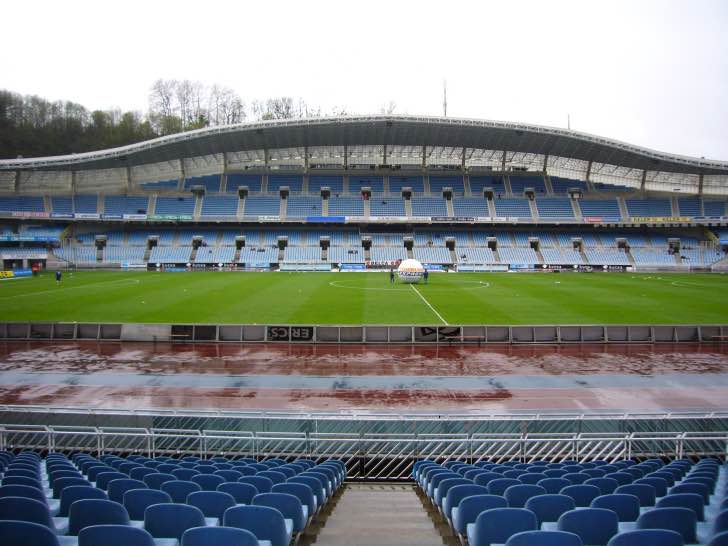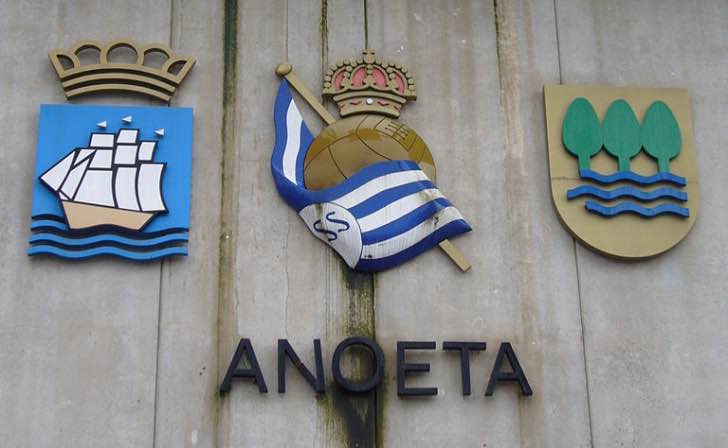Anoeta Stadium: Real Sociedad
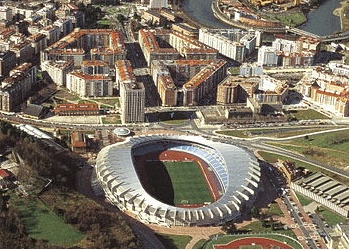
By Mikel Arrazola [CC BY 3.0 es], via Wikimedia Commons
The Anoeta Stadium (currently called the Reale Arena for sponsorship) was built as a replacement for Real Sociedad’s previous ground, Atotxa Stadium. That had in turn replaced Ondarreta Stadium, which Sociedad had called home between the club’s formation in 1909 and the opening of Atotxa four years later. Atotxa Stadium had a capacity of 17,000 and was showing signs of its age by the time the decision was taken to build a new ground at the start of the 1990s. Anoeta Stadium has a capacity of 32,000 and stands in the middle of the Anoeta Sports Complex.
Though the stadium is the dominant feature of the sports complex, it is not the only noteworthy thing located there. As well as incidental areas such as the Air Rifle Practice range and the Court of Martial Arts, there’s also a velodrome and an ice rink. Though the stadium is mostly used as Real Sociedad’s home ground, it is also used on occasion to host the Heineken Rugby Union fixtures of the French Basque club that is based nearby, Biarritz Olympique.
Stats
| Anoeta Stadium Stats | |
|---|---|
| Year Opened | 1993 |
| Capacity | 39313 |
| Average Attendance | 31710 |
| Record Attendance | 32052 (Biarritz v Toulouse (Rugby) 2011) |
| Pitch Size | 105 x 68 (7140) |
| Nickname | Anoeta |
| Owner | San Sebastian City Council |
| Sponsor | Reale Seguros |
| Clubs Hosted | Real Sociedad |
| First Fixture | Real Sociedad v Real Madrid (13/08/1993) |
| Real Sociedad Stats | |
|---|---|
| Year Founded | 1909 |
| Nickname | Txuriurdin (White and Blue), Erreala / La Real (The Royals) |
| Club Mascot | Atotxo |
| Rivals | Athletic Bilbao |
| Previous Stadiums | Ondarreta Stadium, Atotxa Stadium |
| Kit | Blue & White Stripes (Home) / Dark Red (Away) |
| Training Ground | Zubieta Training Ground |
| Shirt Sponsor | Yasuda Group |
| Team Owner | Real Sociedad de Fútbol, S.A.D (Fan Owned) |
| Record Goalscorer | Jesus Maria Satrustegui (148) |
| Record Appearances | Alberto Górriz (461) |
Anoeta Stadium Photos
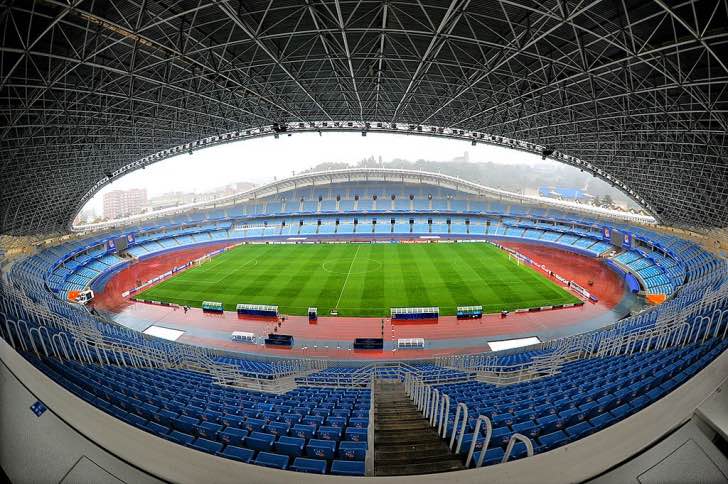
By Валерий Дед (Estadio Anoeta San Sebastian) [CC BY 3.0]
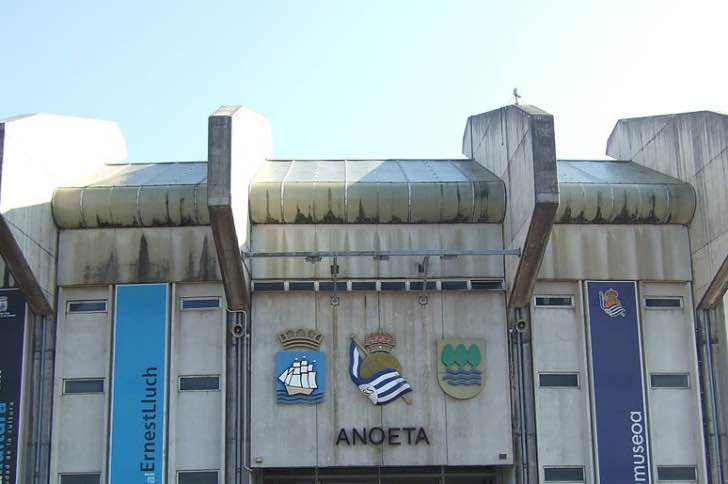
Outside no statue By Edupedro (Own work) [CC0]
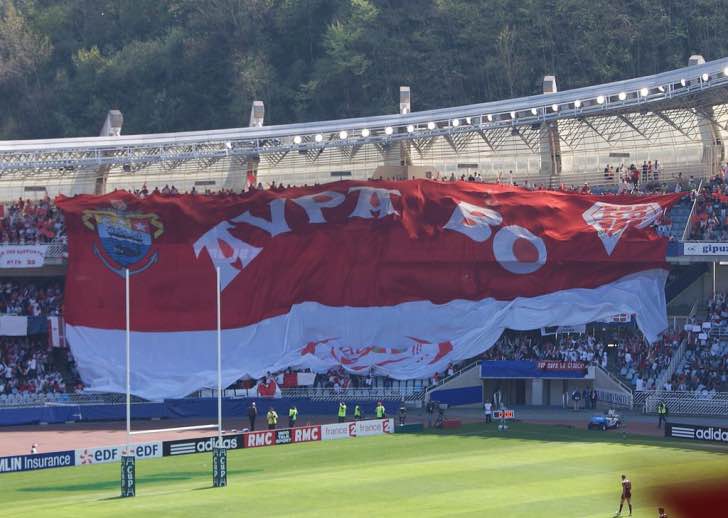
By http://www.flickr.com/photos/jorbe/ josu.orbe from flickr (http://www.flickr.com/photos/jorbe/4525694763/) [CC BY-SA 2.0]
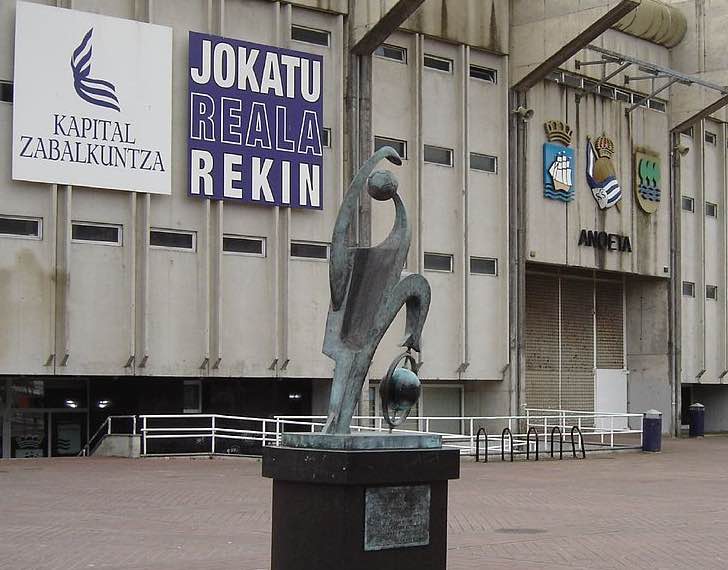
By http://www.flickr.com/photos/benbore/ [CC BY-SA 2.0]
Anoeta Stadium Seating Plan and Where to Sit
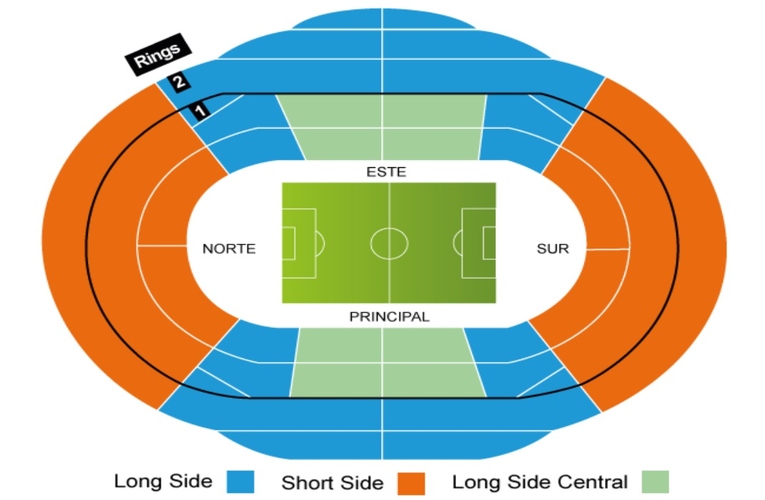
The stadium is built with a bowl of continuous seating, as is quite popular in modern European stadia. The North and South Stands are behind the two goals, with the North Stand tending to host the most vocal Sociedad supporters. For that reason it has an extra tier when compared to its opposite number. The East and West Stands run along the side of the pitch and have two-tiers of seats, though they’re actually taller than the end stands owing to the way the ground is designed. The West Stand is better known as the ‘Principal’ as it’s the main stand in the stadium.
Real Sociedad Ticket Prices
As is so often the case at top-tier sides, ticket prices for Real Sociedad matches are categorised depending on the strength of the opposition. The A-List teams such as Barcelona, Real Madrid and Sociedad’s Basque rivals Atletico Bilbao will set you back more than a game against run-of-the-mill opposition like Villarreal. You should expect to pay a minimum of about €75 rising to around €125 for a big La Liga match against someone like Real Madrid, and more like €40 to €80 for lesser teams.
How To Get Real Sociedad Tickets
The stadium very rarely sells out for matches, normally having about 10,000 or so seats empty for all but the biggest games. For that reason it isn’t too tricky to head to one of the taquilla, or ticket windows, on the day of the game and buy your ticket in person. If you’d rather book online then the club’s website is excellent for exactly that.
Where to Buy
Getting To Anoeta Stadium
Train – You can make it to San Sebastian from London on the train in about ten hours, though the average is more like sixteen. Once you’re there you’ll want to get the Metro Donostialdea to Anoeta Station, which is right on the stadium’s doorstep.
Bus – There is an impressive bus network in operation in San Sebastian, so you’ll have a number of options if you want to head to the stadium on public transport. Buses 43, B9 and 21 are all examples of numbers you can hop on to get the ground, with many more besides.
Car – Anoeta Stadium is to the South of San Sebastian centre, so anyone hoping to drive there will want the A-15, the AP-1, the GI41 and the GI 20 before keeping an eye out for signs as you get closer.
By Air – San Sebastian Airport is just over fifteen miles from the city centre and serves most of Spain’s big cities. If you’re looking for a larger airport then Bilbao’s is just under one hundred miles away. The position of the city close to the border with France means that a trip to Biarritz Airport will leave you about forty miles or so from the city centre.
Taxi – A taxi from the San Sebastian Bay out towards the stadium will set you back about €12+ and should take about fifteen minutes.
Parking Near Anoeta Stadium
There is some on-street parking to North of the stadium that you can try your luck with, but other than that there aren’t heaps of places to leave your car, to be honest. Wherever you end up, make sure you look out for parking restrictions.
Useful Resources
Anoeta Stadium Hotels
Spain has been welcoming Brits for short stays for decades now, so hotels are not a problem.
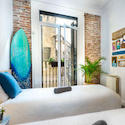
Off Beat Guesthouse - £50+
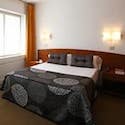
Hotel Record - £70+
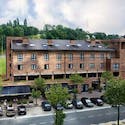
Hotel Anoeta - £90+
Pubs and Bars Near Anoeta Stadium
You’ll struggle for a traditional boozer around here, but some of these bars are lovely.
Bar Txirrita
Molly Malone
Bar Garibai 21
Hospitality
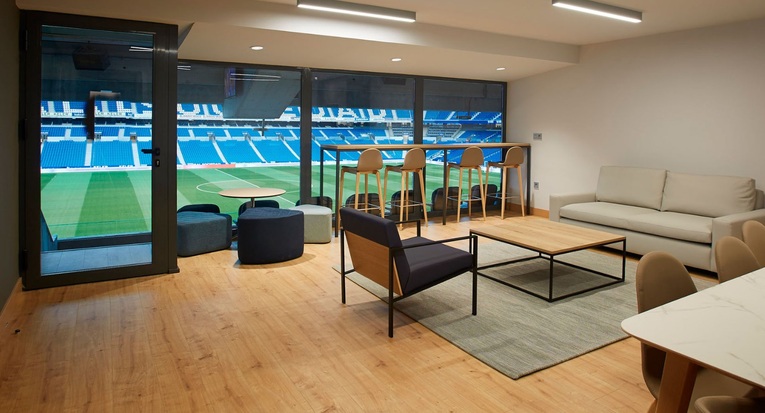
As with virtually every top-flight team throughout Europe, Real Sociedad know how to look after their most prestigious fans. There are numerous different levels of hospitality that you can enjoy, should that be the sort of thing that takes your fancy.
Private Hire
Just like there are numerous different hospitality options, so too those lounges are available for business types to host meetings and events in. If you’re interested in hosting a conference or the like then your best bet is to get touch with the club.
Stadium Tours & Museum
A museum of Real Sociedad was opened at the stadium to celebrate the club’s centenary, known as the Real 100. That means that you can not only tour the ground itself and see all of the interesting and exciting locations that you’d never normally get to look at, but you also get to explore the history of the club by wondering around said museum.
Tours are not available on either match days or on the days that follow a game, but from Tuesday to Saturday you can head there at 11am, 12pm, 5pm and 6pm and at 11am and 12pm on a Sunday. It only costs adults €6 to get in, which is pretty good value when you consider what you get access to.
About Real Sociedad
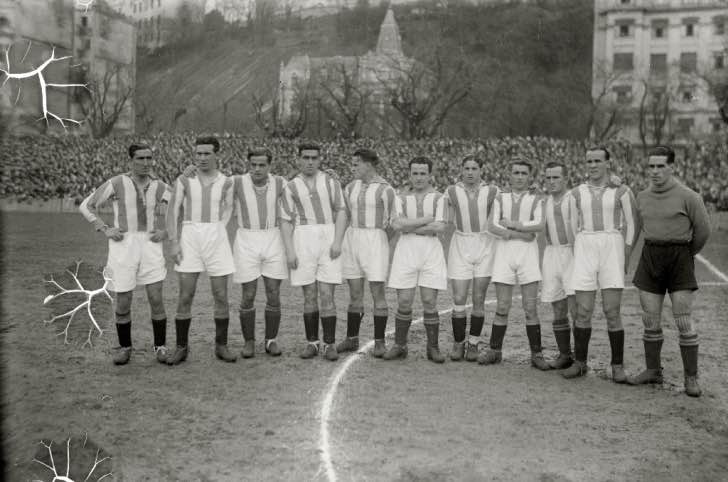
Real Sociedad de Fútbol translates into Royal Society of Football in English. The club was a founder member of La Liga when it was formed back in 1928, so it’s appropriate that they’ve won the Spanish top-flight on two occasions. The victories were back-to-back, too, which perhaps makes it even more impressive. The first title came at the end of the 1980-1981 season and the second the year after. They finished as runners-up in 2002-2003, which is no mean feat in the age of Real Madrid and Barcelona’s domination.
The Basque Country club have picked up two Copa del Rey’s, the first in 1909 and then again in 1987. They have a fierce rivalry with another Basque-based club, Atletico Bilbao, who they compete in the Basque Derby with. There’s a reason that they are a Sociedad, or society, which is that there is also a track and field club, a hockey club and a Basque pelota club attached to them, as well as a women’s football team. The club was originally called Sociedad de Futbol, but King Alfonso XIII called San Sebastian his summer capital and gave the club royal patronage in 1910, allowing it to add the prefix ‘Real’, or royal.
Anoeta Stadium History
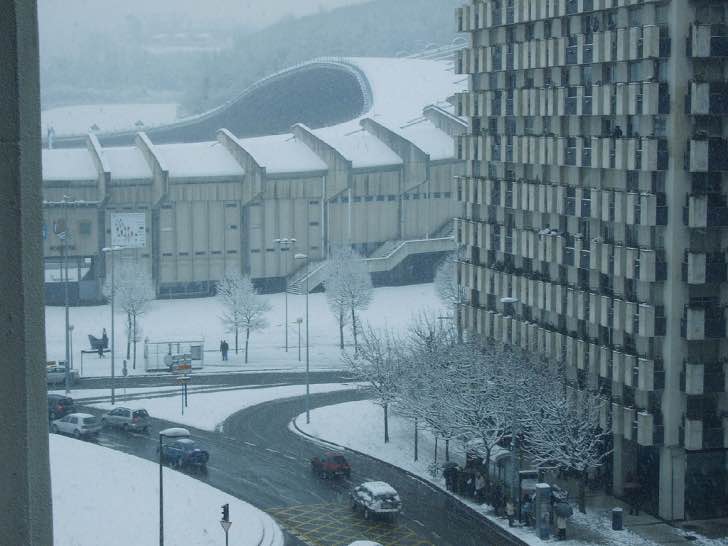
Anoeta Stadium was inaugurated on the thirteenth of August in 1993 as a replacement for Real Sociedad’s former ground, Atotxa Stadium. It is a multi-purpose stadium that is located in the middle of a larger sports complex, known as the Anoeta Sports Complex. Despite the intense rivalry between Real Sociedad and fellow Basque team Atletico Bilbao, the former actually allowed the latter to use the ground the opening two fixtures of their 2013-2014 La Liga campaign owning to the fact that Bilbao’s new ground, the San Mamés Stadium, wasn’t open in time for their first two home games.
Whilst football has unquestionably been the key sport to be hosted at the stadium, it has also been used for rugby union matches in recent years. That includes the home matches of both Aviron Bayonnais and Biarritz Olympique, two French Basque-based clubs that are located nearby. Despite the fact that the stadium was close to state-of-the-art when it opened back in 1993, the Real Sociedad hierarchy were always disappointed with its final design. They felt that the stands were too far away from the pitch, meaning that the supporters never really felt as though they were properly part of the game.
Future Developments
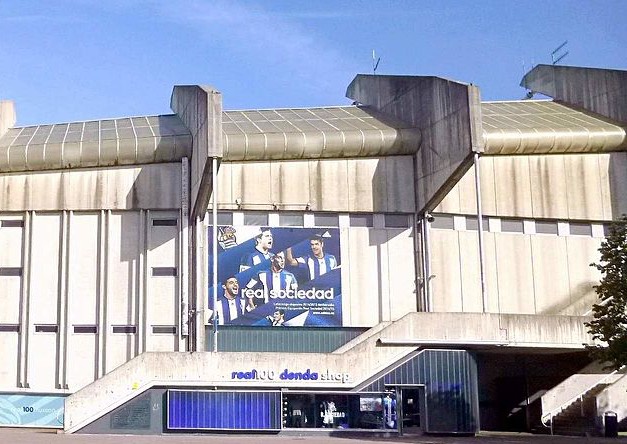
The disappointment mentioned a moment ago has long led to conflict between those that run the club and the ability to remain there. Back in 2004 the then President of the club, José Luis Astiazarán, made plans to move to a new stadium nicknamed Gipuzkoarena. In the end Astiazarán failed to be re-elected as President; instead Jokin Aperribay was elected and came up with plans to develop the stadium as it currently is. These developments were completed at the end of 2019, with an estimated cost of €47 million rising to an actual cost of €78.6 million by the time all was said and done.

